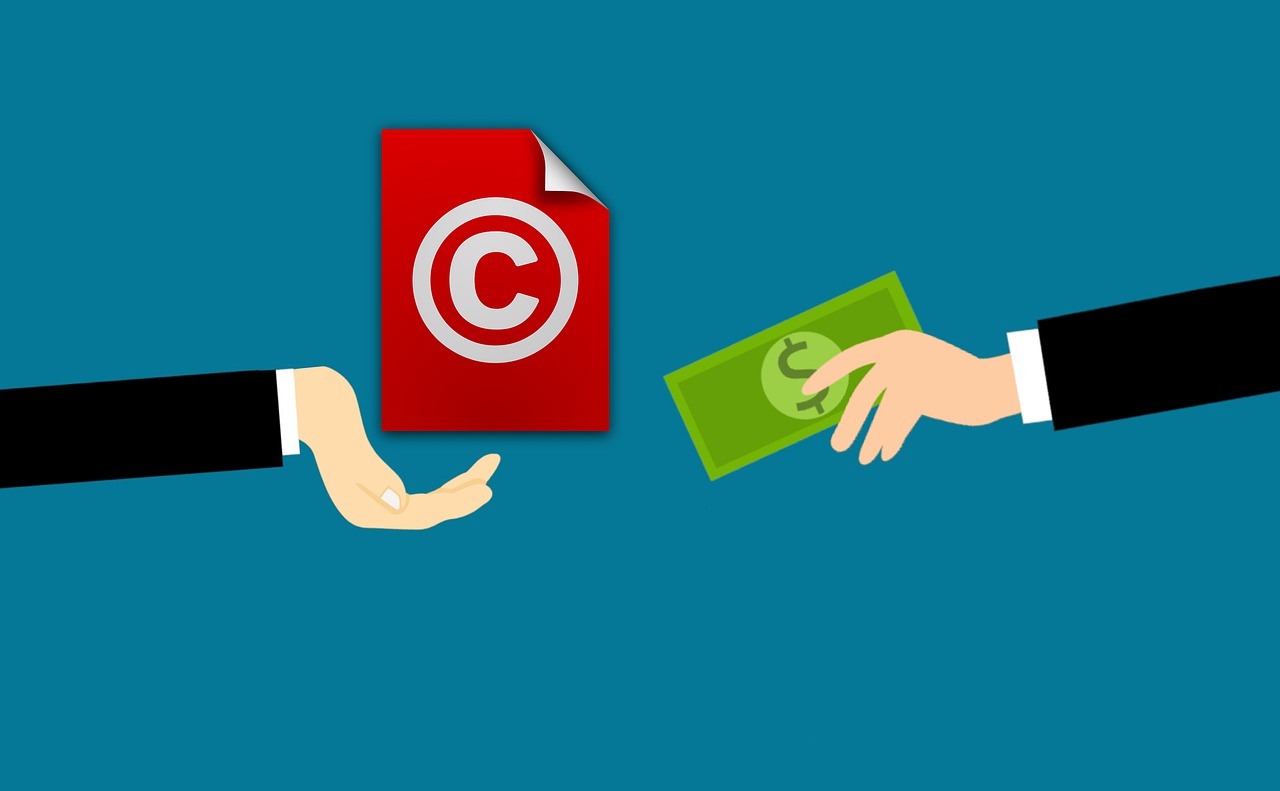Creating and promoting copyrights for creative works involves several steps. Here’s a guide to help you through the process:
1. Understand copyright law: Familiarize yourself with copyright law in your country or region. Understand the rights and protections granted to creators and the requirements for copyright registration.
2. Create your work: Develop your creative work, whether it’s a book, music, artwork, software, or any other form of expression. Ensure that your work is original and meets the criteria for copyright protection, such as being a tangible expression of an idea.
3. Document your creation: Keep detailed records of your creative process, including dates, drafts, and any other evidence that establishes your ownership and the timeline of your work. This documentation can be crucial in case of any disputes or infringement claims.
4. Add copyright notice: Include a copyright notice on your work to inform others that it is protected. The notice typically consists of the copyright symbol (©), the year of first publication, and the copyright owner’s name. While not mandatory, it can act as a deterrent against infringement and can be useful in legal proceedings.
5. Register your copyright: Although copyright protection is automatic upon creation, registering your copyright with the relevant copyright office provides additional benefits. It creates a public record of your copyright ownership and allows you to enforce your rights more effectively. Check with your local copyright office for the registration process and requirements.
6. Determine licensing options: Decide how you want to license your copyrighted work. You can choose to retain all rights and grant permissions on a case-by-case basis, or you can explore options like Creative Commons licenses that allow others to use your work under specific conditions. Consider your goals, the nature of your work, and your target audience when deciding on licensing terms.
7. Market your work: Develop a marketing strategy to promote your copyrighted work. Identify your target audience and determine the best channels to reach them. This could include creating a website or online portfolio, utilizing social media platforms, participating in relevant events or exhibitions, or collaborating with influencers or other creators in your field.
8. Protect against infringement: Regularly monitor the market for any unauthorized use or infringement of your copyrighted work. Utilize online tools, such as reverse image search or plagiarism detection software, to identify potential infringements. If you find any unauthorized use, take appropriate action, such as sending cease and desist letters or pursuing legal action if necessary.
9. Educate others about copyright: Raise awareness about copyright and the importance of respecting intellectual property rights. Educate your audience, fellow creators, and the general public about copyright law, fair use, and the proper ways to use and attribute copyrighted works.
10. Stay informed and adapt: Keep up with changes in copyright law, industry trends, and emerging technologies that may impact the protection and promotion of your copyrighted work. Continuously adapt your marketing strategies and licensing options to maximize the reach and value of your creative works.
Remember, copyright protection is essential for safeguarding your creative works and ensuring that you can benefit from your efforts. Consult with an intellectual property attorney or copyright expert to ensure that you navigate the copyright process correctly and effectively.
